Honoring a Coastal Culture

Massachusetts artist Susan Ellis finds poetry in a traditional occupation carried on in today’s world.
The figure of a solitary clamdigger hard at work on the sandbars and salt marshes of the Massachusetts North Shore is one of the most characteristic and beloved sights of the area. It’s a trade that has been pursued for centuries with little change, as clams must still be harvested one at a time through considerable manual effort. A clammer must squelch through soft sand and mud in search of the telltale signs of clams—tiny holes left in the sand as the tide recedes. The clammer digs using a large fork, feeling for the clam that lies almost a foot beneath the surface. He must then bend way down to wrest the creature from the mud by hand.
This article originally appeared in Pastel Journal. Subscribe now so you don’t miss any great art instruction, inspiration, and articles like this one.

As an occupation, it requires time-honored virtues often associated with New Englanders: patience, physical strength, a little cunning and simple grit. You might say that clamdiggers are the very embodiment of the spirit of the place. It’s a way of life that has inspired Susan Ellis to focus her pastel work on the subject in the last few years. “As an artist, I was initially attracted to try to draw the figure in a landscape,” she says. “I find that the clammers tell an interesting narrative amid a beautiful setting. There’s a mudflat near my house where I can watch them dig at low tide every day of the year.”
“I love depicting the traditional fishing and clamming community, with its harsh realities of hard physical labor and daily weather challenges set within the spectacular coastal landscape.”
—Susan Ellis
Ellis paints them as powerfully simplified figures, generally seen from a low angle to give the laborers a monumental, timeless presence. Their gestures and postures—all the bending, stretching, dragging and digging—make for dramatic imagery, while the context of sand, sea and sky presents the clammers as gloriously solitary figures at one with nature.

The Road to Pastel
Given her mastery of pastel, it’s noteworthy to learn that Susan Ellis came late to the medium. “I grew up drawing from photos in magazines and drawing animals from the Ed Emberly books,” she recalls. Emberly was an illustrator who published a number of instructional books for children. “I also had a friend whose mother was an artist,” Ellis says. “She arranged for us to take community art classes and let us watch her work in her studio.”
Although Ellis took some art courses in college, she didn’t return to art until her children were in school. “I saw an ad from a local woman who was teaching pastel classes in her home,” she says. “It just happened to be at a time I could manage, and all I had to do was buy a box of pastels. I loved working in pastel from the start, and I’ve been working with them ever since.”
Ellis went on to take additional classes in the years that followed. “I lived near The Art League, in Alexandria, Va., which provides hundreds of art classes to the public in every medium imaginable,” she says. “It was common for students to follow a specific instructor, taking their class repeatedly for years.” Ellis had a well-rounded schedule of classes covering composition, abstract painting, drawing, portrait and figure painting, among other subjects. The league also offered independent study classes—and the opportunity to be juried into its monthly art gallery.
The artist’s work was among those juried into the school’s exhibitions; she subsequently joined the Maryland Pastel Society, as well as other artists’ groups, showing her work more widely as the years went on.
A relocation from the Washington, D.C., area to Ipswich, Mass., presented Ellis with the subject matter that now dominates her work—and a locale that she finds truly inspirational. “The North Shore of Massachusetts is comprised of the largest continuous salt marsh in the Northeast.” she says. “It’s over 20,000 acres. We’re surrounded by beautiful coastal vistas and seasonal colors that are constantly changing and evolving, providing artists never-ending compositional and colorful painting opportunities. And the light is magical, almost daily.
“It’s no wonder that an artist community grew in this area,” she continues. “The Cape Ann artist colony is a well-known, and well-documented, art tradition. It included artists such as Fitz Hugh Lane, Winslow Homer, Childe Hassam, Charles Gruppé, John Henry Twatchman and Cecilia Beaux, among so many others.”

From Photo…
Ellis collects most of her imagery through her camera. “I pull on my knee-high rubber boots and a windbreaker, grab my camera and take photos of the clammers as they dig or rake oysters, and as they come and go in their boats from the local mudflats and boat ramps,” she says. “Then I sketch at home from these photos. I don’t bring the pastels out on the beach. It’s such a wet area; I fear that if I dropped the pastels, that would be the end of that painting session.”
Back in the studio, Ellis selects a photo and enlarges it on her iPad using Procreate, a graphics application, and begins painting digitally on the image to consider composition, scale and color alternatives. “I try to have fun and consider unusual or alternate choices,” she says. For example, the artist may change the color of the clothing. “A lot of clammers wear fairly drab colors—grays and beiges—and that, together with the generally gray and beige of the sand and blue of the sky, can make for a somewhat dull palette.”

To Drawing…
After generating some ideas on the iPad, Ellis transitions to a gray paper sketchbook. “Here I work out lighting and the form of the figure by creating a two- to three-value sketch using a pencil and a white Conté pencil,” she says. By restricting the number of tonal values she uses, Ellis forces herself to simplify the form and clarify the light. “The most challenging part is the composition,” she says. “The coastal vistas are generally very wide and airy, which can present problems. How do I compose this space with honesty and still project the intimacy of the human narrative? Not to mention, clammers dig alone, far apart from others on the beach. It’s not easy to make multifigure paintings.”

Once she has settled on the composition and pose, Ellis re-draws the figure at the same size it will appear in the final painting. “I draw it using the ‘envelope’ line drawing technique,” she says. “This means beginning with the whole outline enveloped in one geometric shape and then cutting into it with straight lines to gradually create a simplified version of the figure. Often I additionally use this drawing as a simple two- to three-value drawing.”
Once she’s satisfied with the drawing, Ellis transfers it to her pastel paper using a sheet of graphite transfer paper. This is a simple process of going over her original drawing to press it through onto the fresh sheet of paper beneath, with the graphite paper tucked in-between. Ellis uses a ruler to draw her straight lines accurately. She says, “Now I’m ready to paint.”

To Painting…
“My first step is to paint the large shapes with gouache,” Ellis continues. She has two alternative strategies for this underpainting step: Sometimes she paints a complementary color under each element; other times she uses values of the same color throughout the piece. The artist believes that pastel works best with a colored underpainting, a technique that leads to considerable color activity and increased depth and light in the final painting.
After completing the underpainting, Ellis begins to lay in the pastel. She turns to soft pastels—Terry Ludwig, Girault, Jack Richeson, Sennelier—and applies them using a variety of strokes and touches. Ellis has a broad repertoire of marks and touches, often using a kind of contour hatching to build the color in the clothing and head, while using soft dabs and touches in the sky and background. Because she works on UART and Pastelmat textured pastel papers, she finds that it’s not necessary to use fixative.
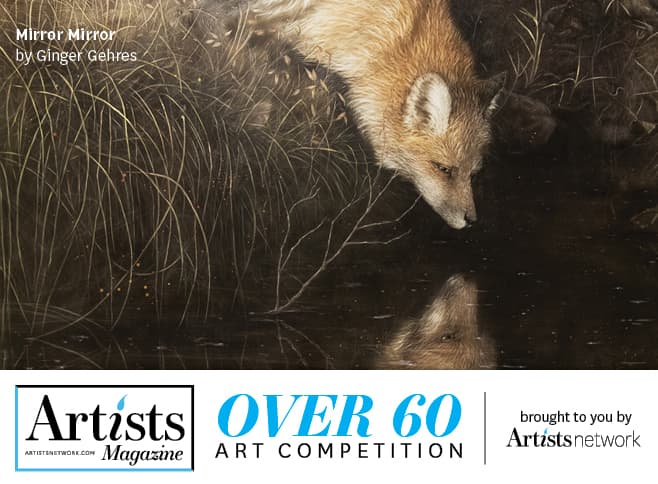
The primary focus in her paintings is the figure, while backgrounds and foregrounds fill more subservient roles. When creating light on form, she’s sensitive to color changes, shifting from warm to cool versions of the local color as the form takes on light. One of the challenges Ellis confronts is the softening of edges. “I have to remind myself when looking at the photo reference that, although it presents many sharply defined edges, it’s not actually how we see,” she says. “When I have an edge where the values are close, I often soften it.” In practice, Ellis maintains a combination of hard and soft edges throughout her paintings, imbuing them with a sense of space, air and movement.
As the work nears its end, Ellis faces the classic challenge of knowing when it’s really finished. “This is tricky,” she says. “It’s a question a lot of artists struggle with. I’ve heard that the best solution is to stop painting when you have said or related your intent—and no more. This is trickier than it seems, especially with outdoor settings.”

To Final Results…
The results of Ellis’s efforts can be seen in a work like Alabaster Boots, an image of a clammer leaning down to pry his find from the mud. The figure is boldly drawn in simplified shapes and arranged in a powerful composition locking into the page just left of center. The general grays of the mudflat behind him are offset by the vivid orange of the gloves and the rich blues of his jacket. The red bucket behind him further enriches the color.
Meanwhile, the light boots are carefully pitched just a little lighter than the sand behind them. Note how the blues in the jacket make use of both warm violet blues and cooler turquoise blues to develop a sense of light and a wealth of color. The edges are varied from crisp, as on the clamming fork, to soft, as on the back of the figure as it melts into the background.
In another work, Autumn Light, Ellis creates a broader composition depicting a clammer pulling his equipment in a child’s sled, a not-uncommon sight, according to Ellis. With his thigh-length boots and baseball hat, the figure is all angles as he leans into his task. The laden sled is more static, with stronger horizontals and verticals. The water in the foreground moves our eye back through the painting in a kind of soft zigzag, a traditional compositional device that Ellis is happy to employ. Here the deep background is merely hinted at through a profusion of dabs in oranges, greens and violets. They suggest the autumn foliage in the distance—and add to the sense of movement.

In Orange Bucket, the drama is all in the color. Here a clammer looks thoughtfully and searchingly at the sand and sea at his feet while clutching an orange bucket. A shaft of sunlight strikes him from the rear and finds the bucket, setting it aglow. The soft light and muted color of the landscape reinforce the drama.
Such a rich visual environment might well offer distractions, but Ellis has been careful to keep her focus on a single theme. Talking of how she wants her work to be experienced, she says, “I’d like the viewer to appreciate and be curious about the people and coastal beauty of this area. I love depicting the traditional fishing and clamming community, with its harsh realities of hard physical labor and daily weather challenges set within the spectacular coastal landscape. I think it’s an interesting contrast to feature these modern men and women making a living so traditionally.”
Certainly, Ellis’s empathy with—and appreciation for—the people she paints makes for images that resonate with a wide and appreciative audience.
As with any art medium, a solid foundation of art education, with emphasis on value skills and color studies, are the keys to pastel mastery. Oh, and take a lot of workshops. There’s so much to learn from so many amazing art instructors.
—Susan Ellis
I believe pastel can be used for any genre and can achieve any style. It often has been described as a sketching medium, and yet the incredible range and sophistication of painting I see accomplished among today’s pastel artists is astonishing. I’ve been so impressed with the pastel community, and medium, as a whole.
As with any art medium, a solid foundation of art education, with emphasis on value skills and color studies, are the keys to pastel mastery. Oh, and take a lot of workshops. There’s so much to learn from so many amazing art instructors.
About the Author
John A. Parks is a painter, a writer and a faculty member of the School of Visual Arts, in New York City.
Meet the Artist

Massachusetts artist Susan Ellis graduated from the University of New Hampshire and worked in retail at the Museum of Fine Arts, Boston. She relocated to the Washington D.C., area, where she trained with a local pastel artist and at The Art League, in Alexandria, Va. A move to Ipswich, Mass., introduced her to the beauty of the North Shore. She’s a member of Pastel Painters Society of Cape Cod, Connecticut Pastel Society, Pastel Society of New Hampshire, Pastel Society of America (Master Pastelist), International Association of Pastel Societies (Master Circle), North Shore Art Association and Rockport Art Association and Museum. Her pastels have garnered numerous awards, including the PAPAT Award at the Pastel Society of America’s Enduring Brilliance National Exhibition (2022). Her work is represented by Zenobia, in Ipswich, Mass., and Muzio Designs, in Essex, Mass.
Enjoying this article? Sign up for our newsletter!
From Our Shop
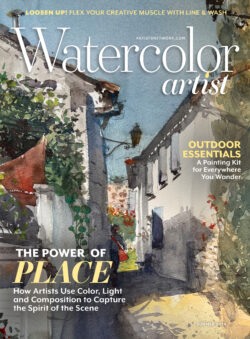
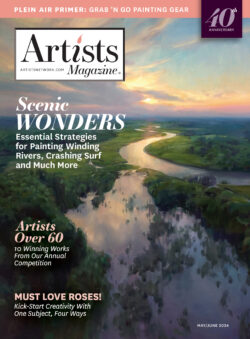
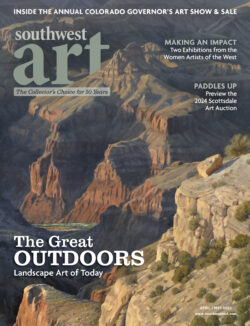

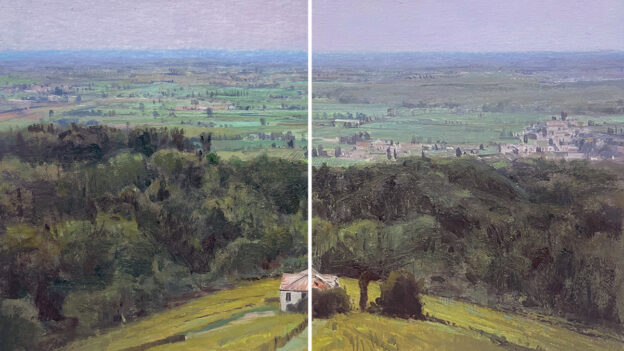
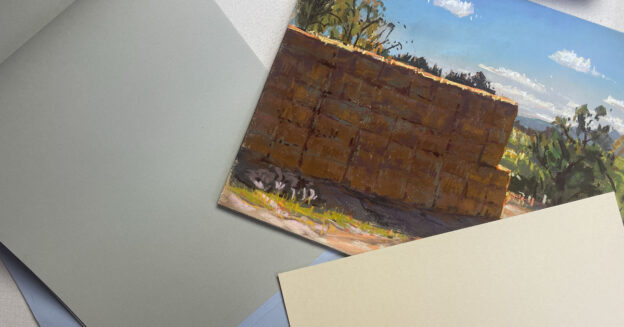

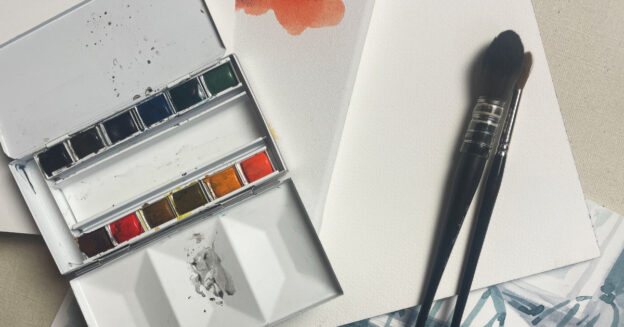



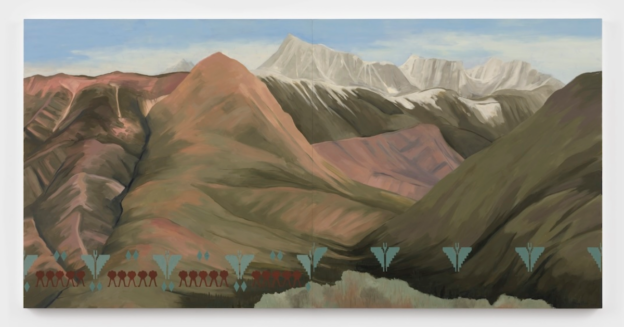

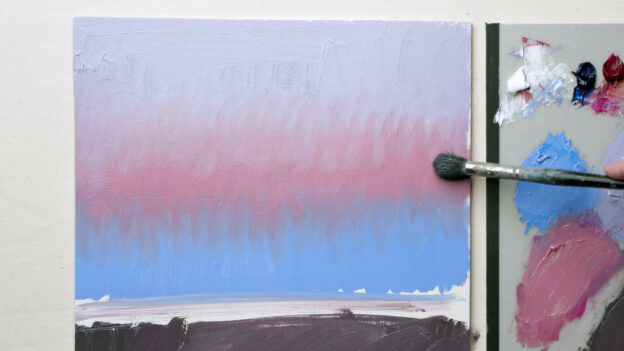

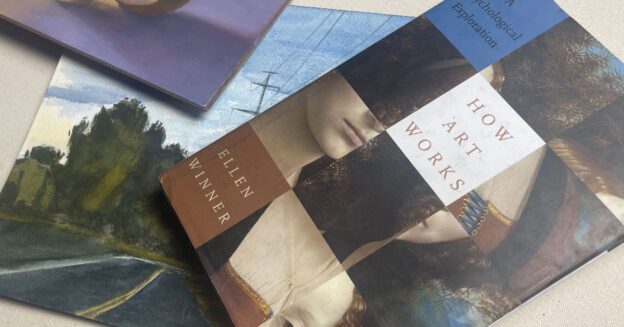
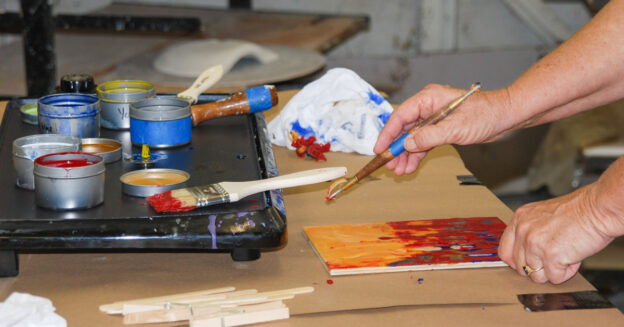
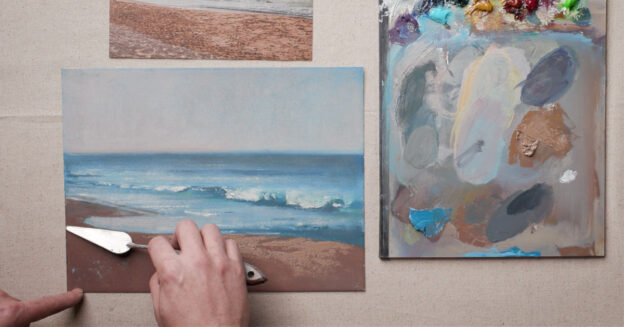

Join the Conversation!